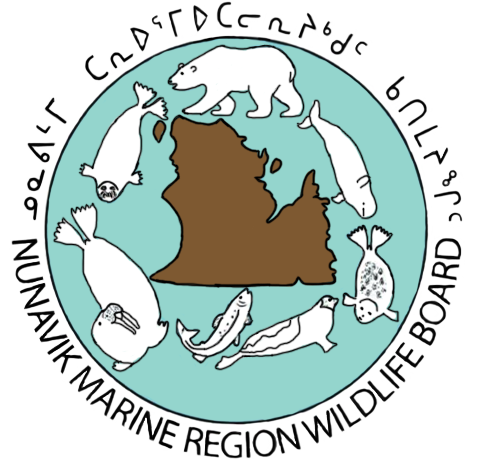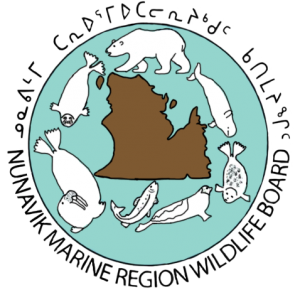The Nunavik Inuit Land Claims Agreement addresses the use, management and ownership of Nunavut land and resources in James Bay, Hudson Bay, Hudson Strait and Ungava Bay, as well as a portion of northern Labrador and an offshore area adjacent to Labrador. The Governments of Canada and Nunavut and Makivik Corporation, an organization that represents about 10,000 Inuit in Nunavik, signed the Nunavik Inuit Land Claims Agreement on December 1, 2006. It came into effect on February 14, 2008.
The Nunavik Inuit Settlement Area is comprised of two areas:
1. The Nunavik Marine Region, which covers the Nunavut offshore islands adjacent to Québec, the intervening waters, and the offshore islands including the ice that separates them.
2. The Labrador portion of the Nunavik Inuit Settlement Area, which covers an offshore area adjacent to Labrador from Killinik Island to just north of Hebron and an on shore portion in northern Labrador, consistent with the boundaries of the Torngat Mountains National Park Reserve of Canada.

